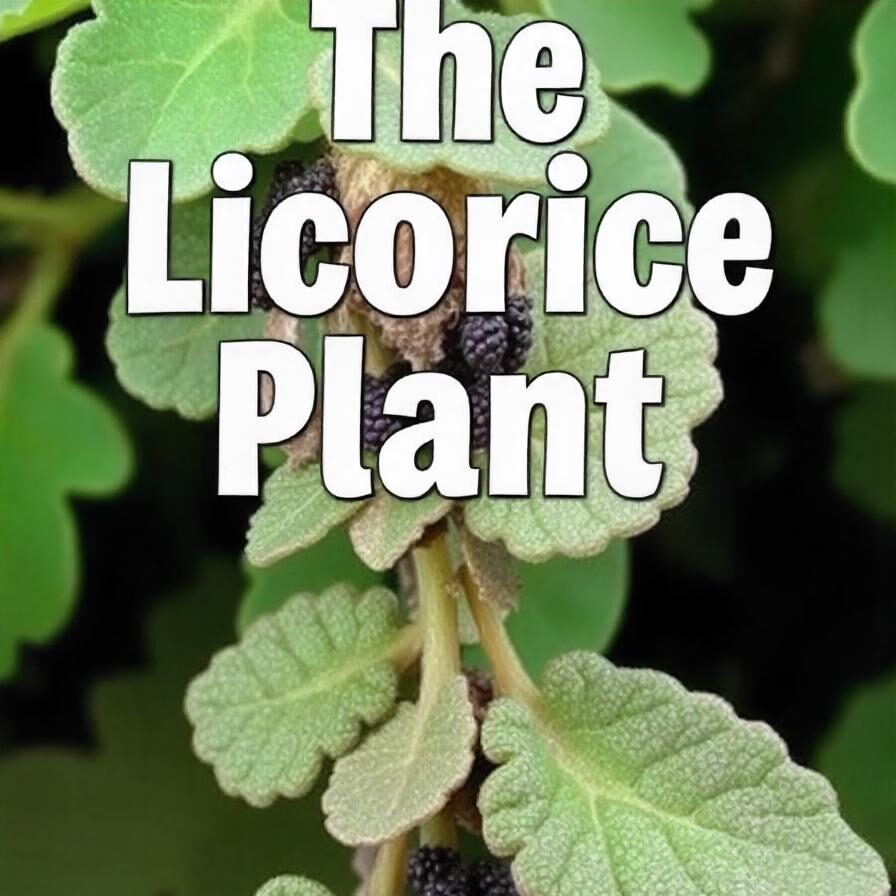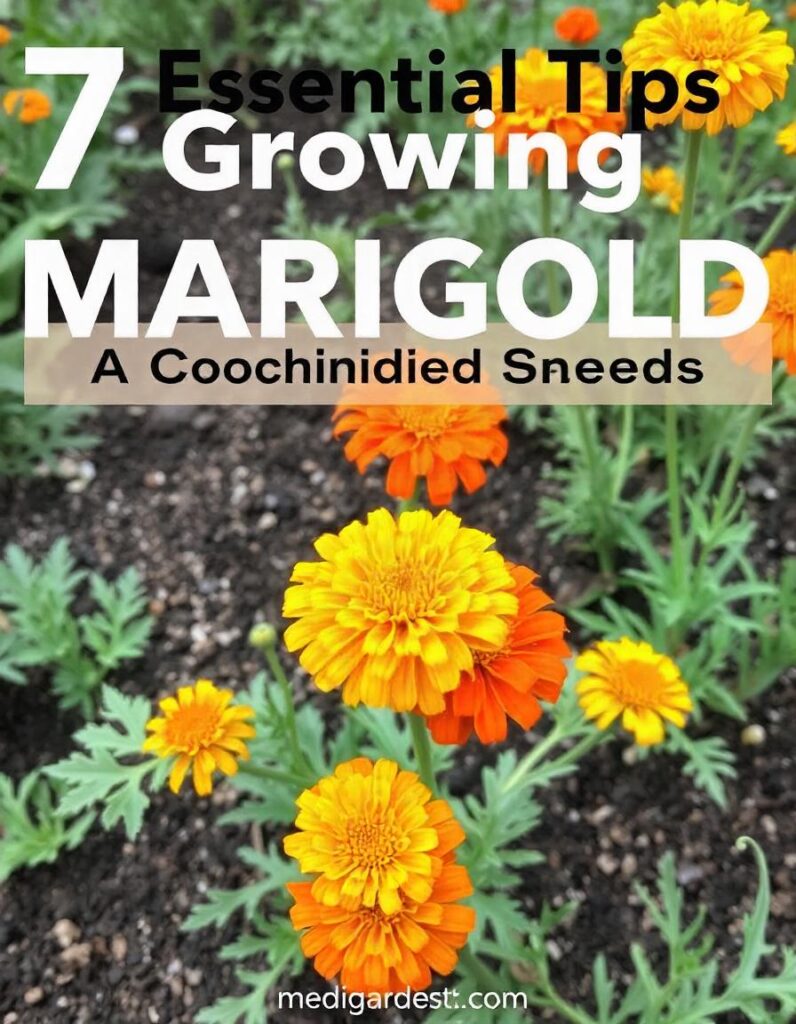A Deep Dive into Its Benefits, Uses, and Cultivation
Introduction
The licorice plant (Glycyrrhiza glabra) is more than just a source of flavor for candy; it has a rich history of medicinal use that dates back thousands of years. Native to southern Europe and parts of Asia, the licorice plant has been revered for its sweet taste and numerous health benefits. This article explores the origins of the licorice plant, its health benefits, uses, and cultivation, as well as its role in modern herbal medicine.
Table of Contents

Origins and History
Licorice, also spelled liquorice, is derived from the root of the Glycyrrhiza glabra plant, a member of the legume family. The name “licorice” comes from the Greek words “glykys,” meaning sweet, and “rhiza,” meaning root. This sweet root has been used for over 4,000 years in ancient civilizations such as Egypt, China, and India. Egyptian hieroglyphs even depict the use of licorice as a remedy for respiratory ailments.
Health Benefits of Licorice
Licorice root is not just a flavoring agent; it contains a compound called glycyrrhizin, which is responsible for its sweet taste and many of its medicinal properties. Below are some of the well-known health benefits associated with licorice root:
1. Digestive Aid
Licorice is known for its soothing effects on the stomach lining and can help reduce symptoms of indigestion, heartburn, and gastritis. Deglycyrrhizinated licorice (DGL) is commonly used to treat ulcers and promote digestive health.
2. Anti-inflammatory Properties
Licorice has potent anti-inflammatory effects and has been used to treat conditions like arthritis, skin inflammation, and allergic reactions. Its ability to reduce inflammation makes it a valuable herb in natural medicine.
3. Respiratory Health
Licorice is often used as a natural remedy for coughs, colds, and sore throats. Its soothing properties help to reduce irritation in the throat and airways, making it a popular ingredient in throat lozenges and herbal teas.
4. Supports Adrenal Health
Licorice has adaptogenic properties, which means it can help the body cope with stress. By supporting adrenal gland function, it can improve the body’s ability to manage stress and fatigue.
5. Antiviral and Antibacterial Properties
Studies have shown that licorice root has antiviral and antibacterial effects, making it effective in fighting off infections. It has been used in traditional medicine to treat viral infections such as hepatitis and herpes.
Uses of Licorice
Licorice is a versatile plant with a wide range of uses, from culinary applications to herbal medicine:
1. Culinary Uses
Licorice root is primarily known for its use as a sweetener in candies, beverages, and desserts. Its strong, sweet flavor is also used in some traditional dishes, particularly in Middle Eastern and Asian cuisine.
2. Herbal Medicine
In traditional Chinese medicine (TCM), licorice is considered one of the most important herbs, often used in combination with other herbs to enhance their effects. It is also used in Ayurvedic medicine for its ability to balance the body’s energies.
3. Cosmetics and Skincare
Licorice extract is a popular ingredient in skincare products due to its anti-inflammatory and skin-brightening properties. It can help reduce hyperpigmentation, soothe irritated skin, and provide antioxidant protection.
Cultivation of the Licorice Plant
Licorice is a hardy perennial that grows well in temperate climates. It prefers well-drained soil with plenty of sunlight. Growing licorice requires patience, as the roots take about 3 to 4 years to mature before they can be harvested. Here’s a brief guide on how to cultivate licorice:
1. Climate and Soil
Licorice thrives in areas with mild winters and hot summers. It prefers sandy or loamy soil with good drainage and a pH between 6 and 8. The plant does not do well in heavy, clayey soils.
2. Planting
Licorice can be grown from seeds or root cuttings. Seeds should be planted in the spring, about 1 to 2 inches deep. Root cuttings can be planted directly in the ground, ensuring that the cutting has at least one bud.
3. Watering and Maintenance
Licorice plants need regular watering, especially during the growing season. However, they do not tolerate waterlogged soil, so proper drainage is essential. Mulching around the plants can help retain moisture and prevent weeds.
4. Harvesting
After 3 to 4 years, the roots can be harvested in the fall when the plant has gone dormant. Carefully dig up the roots, clean them, and dry them for storage or use.
Potential Side Effects and Precautions
While licorice offers many health benefits, it should be used with caution. Excessive consumption of licorice root can lead to a condition known as hyperaldosteronism, which can cause high blood pressure, low potassium levels, and fluid retention. Pregnant women and individuals with heart disease, kidney disease, or hypertension should consult a healthcare provider before using licorice root.
Conclusion
The licorice plant is a remarkable herb with a long history of use in traditional medicine and modern applications. From its digestive and anti-inflammatory properties to its ability to support respiratory and adrenal health, licorice continues to be a valuable natural remedy. However, like any potent herb, it should be used with care and respect. Whether you are interested in growing licorice in your garden or incorporating it into your wellness routine, understanding the benefits and risks is essential.
With its sweet flavor and powerful healing properties, the licorice plant is truly a treasure of the natural world.

